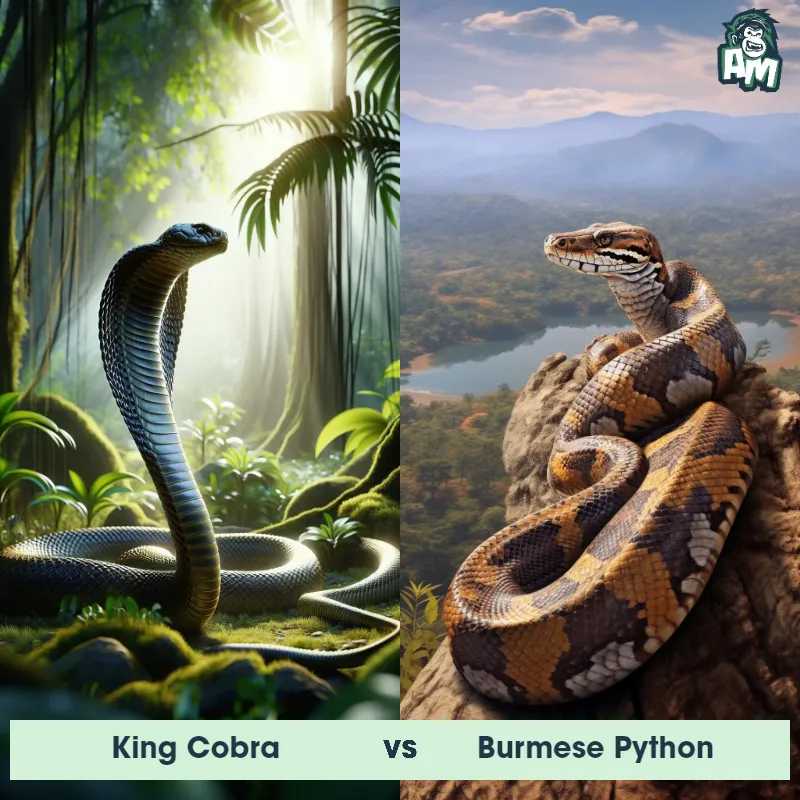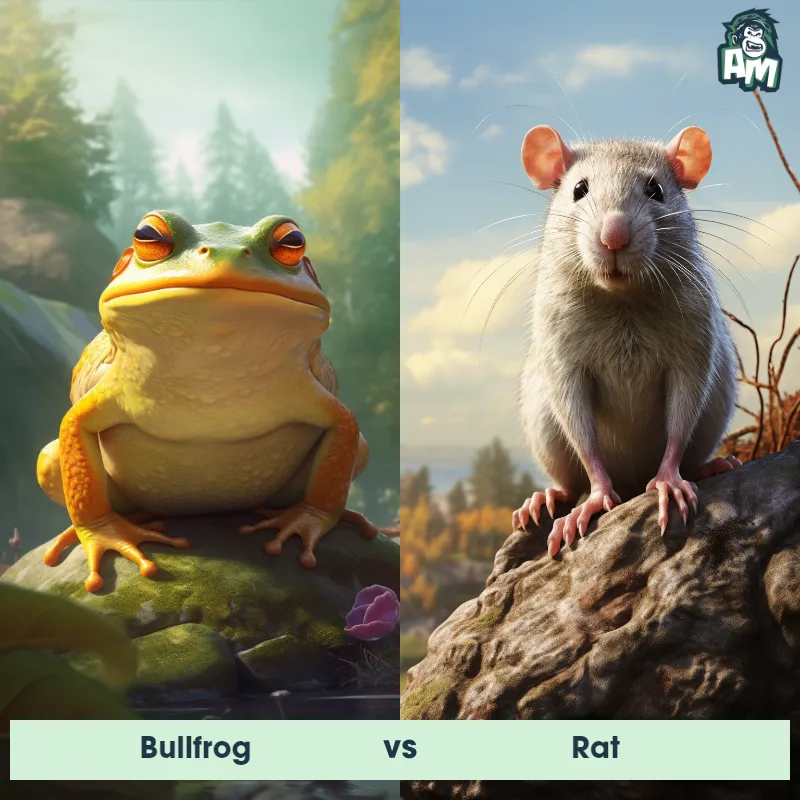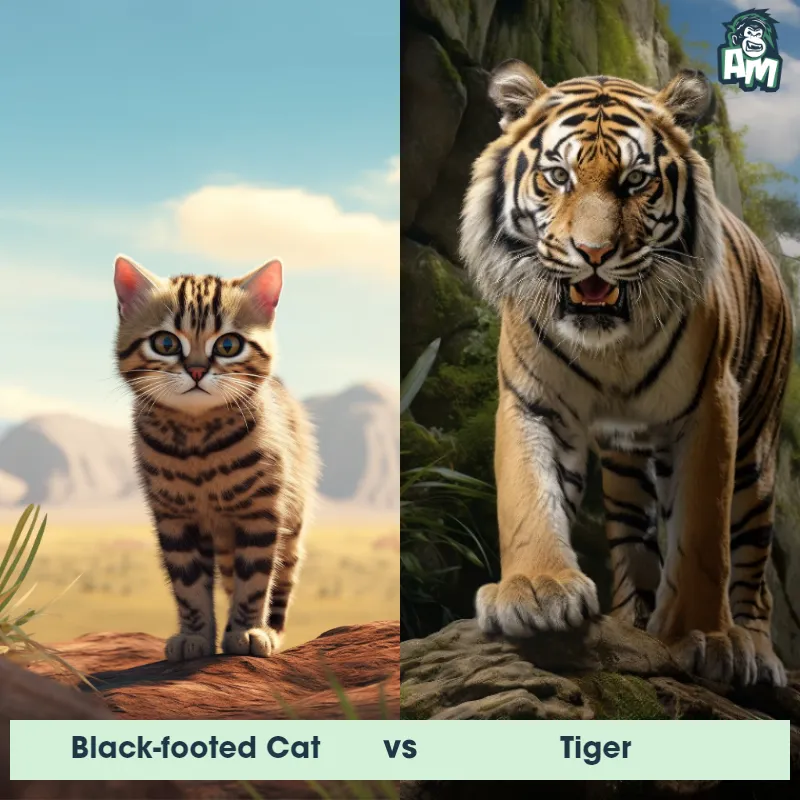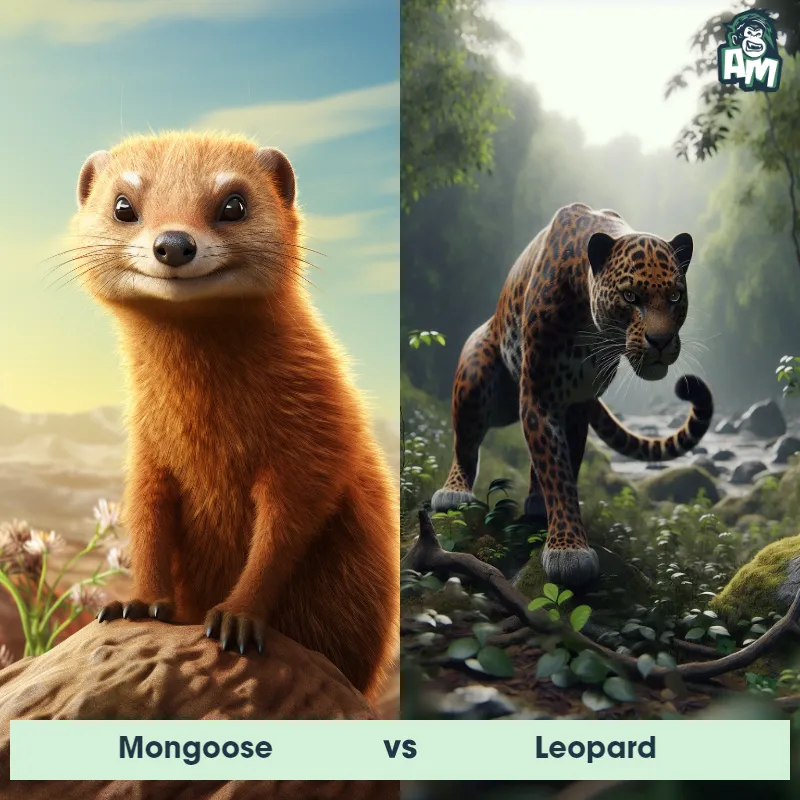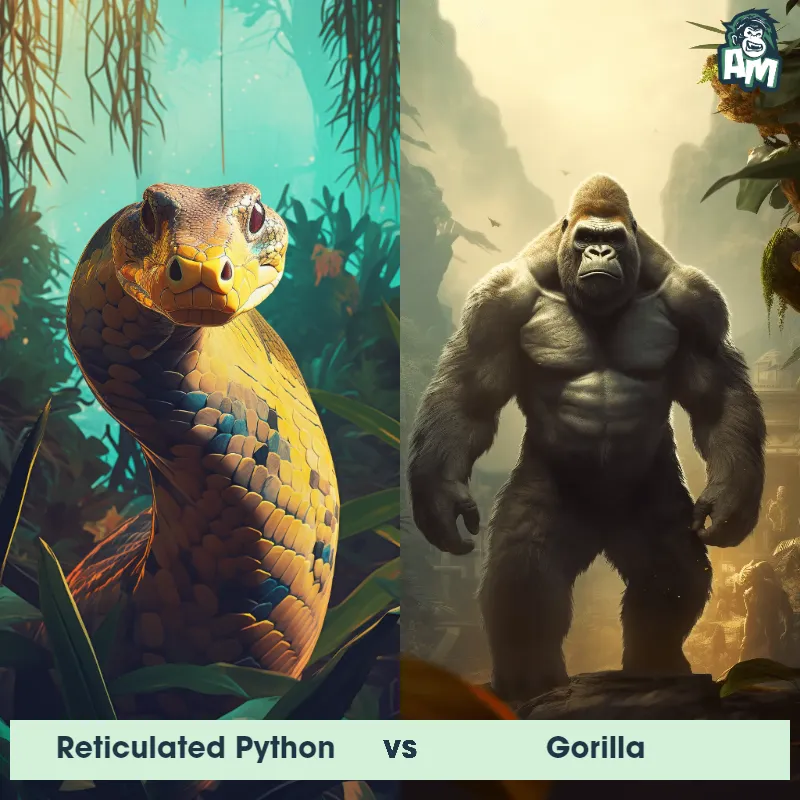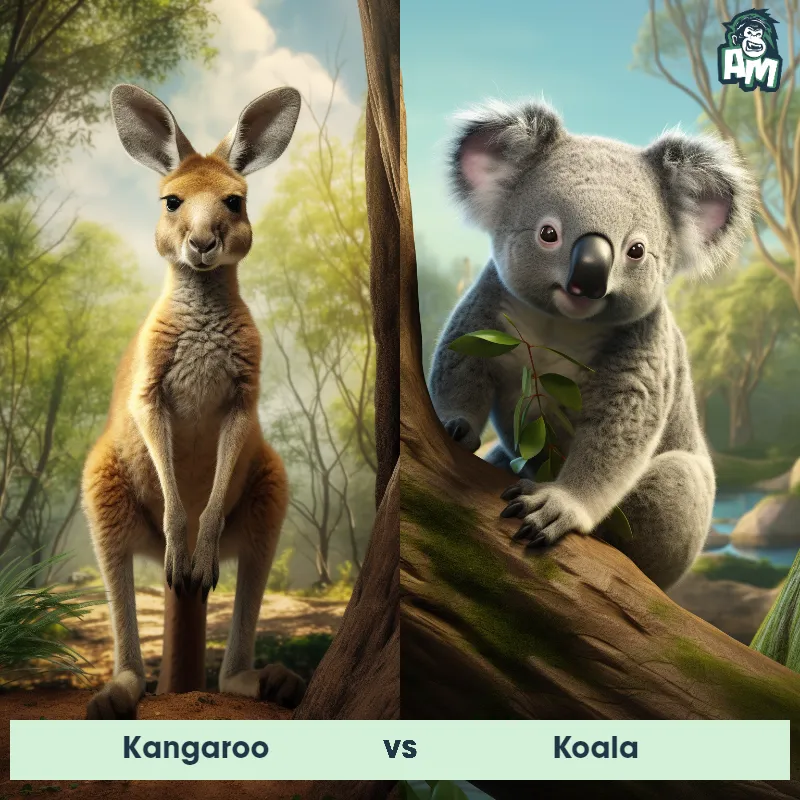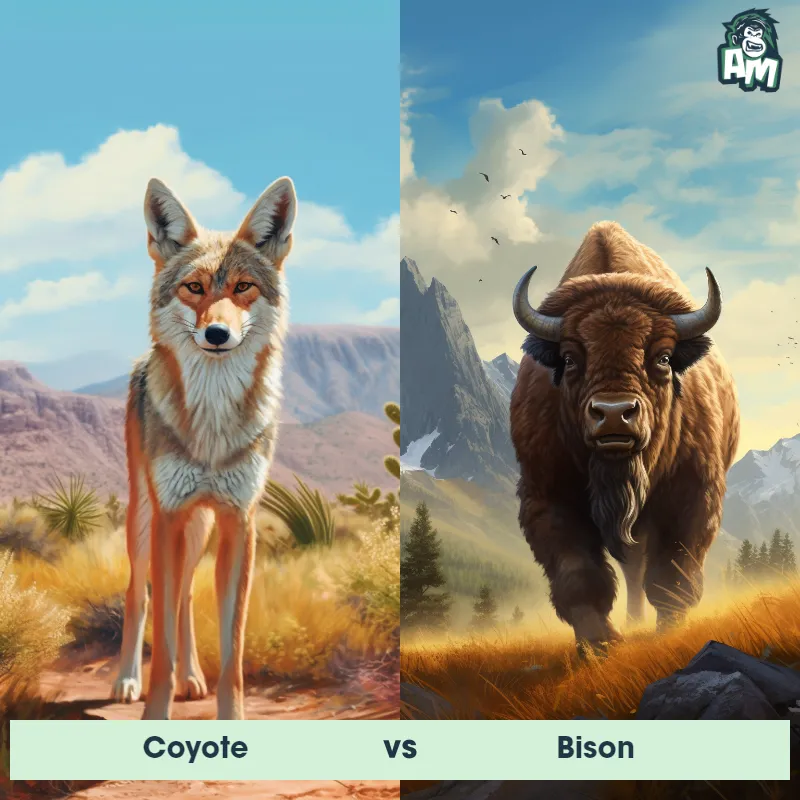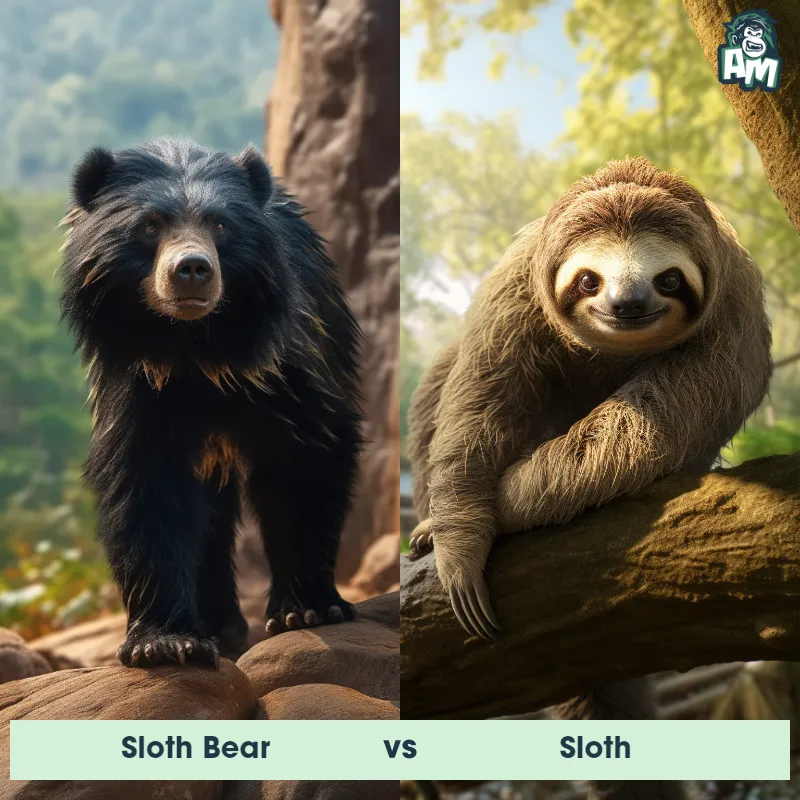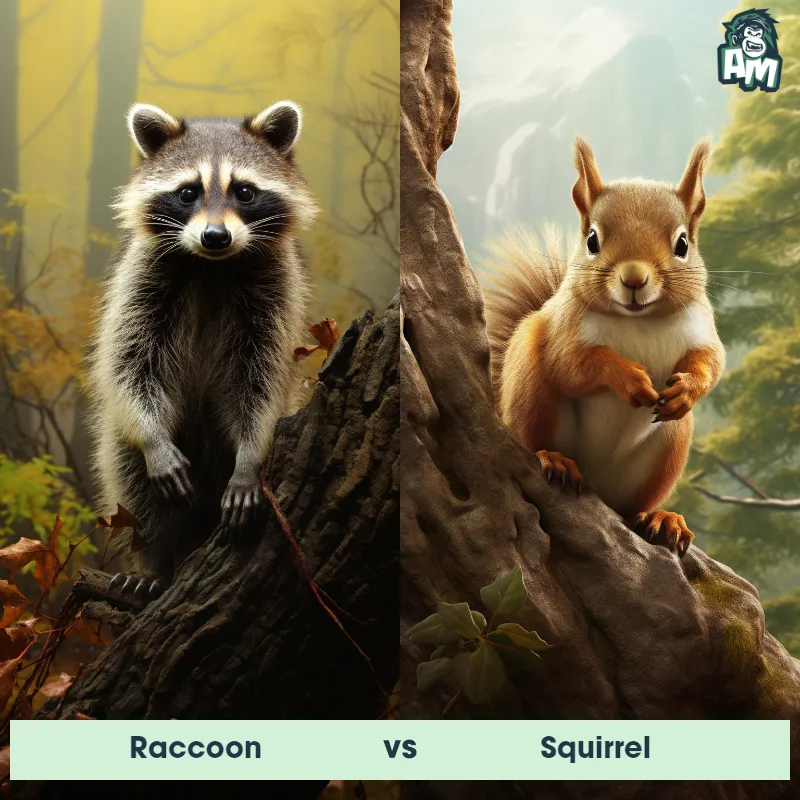Liopleurodon vs SarcosuchusSee Who Wins

In the blue corner, we have the mighty Liopleurodon, a formidable marine predator with an impressive bite force and swift agility in water. In the red corner, the gigantic Sarcosuchus, wielding its fearsome jaw strength and heavily armored body. Both ancient titans are ready to clash in a battle of prehistoric proportions!
Contender 1: Liopleurodon
The Liopleurodon, also known as the "plesiosaur," was a large marine reptile that lived during the Jurassic period. It had a streamlined body, four powerful flippers for swimming, a long neck, and sharp teeth. Liopleurodon could grow up to 23 feet in length and was a top predator in the ancient seas.
Fun Fact: Liopleurodon had an incredible sense of smell, able to detect prey from long distances thanks to its sensitive nostrils.
Contender 2: Sarcosuchus
The Sarcosuchus, also known as SuperCroc, was a massive crocodilian that lived during the Cretaceous period. It possessed a long, slender skull with numerous sharp teeth, allowing it to prey on large dinosaurs and other animals. Its body could grow up to 40 feet in length, making it one of the largest crocodilians to ever exist.
Fun Fact: One fun fact about the Sarcosuchus is that its powerful jaws could exert a tremendous amount of force, enabling it to crush the bones of its prey with ease.
Matchup Stats
| Liopleurodon | Sarcosuchus | |
|---|---|---|
| Size | Up to 23 feet (7 meters) | Up to 40 feet (12 meters) in length |
| Weight | Up to 2,200 pounds (1,000 kilograms) | Up to 8,000 pounds (3,600 kilograms) |
| Speed | 23-28 mph (37-45 km/h) | 15-20 mph (24-32 km/h) |
| Key Strength | Powerful jaws and sharp teeth | Powerful jaws for bone-crushing bites |
| Biggest Weakness | Relatively slow maneuverability | Slower movement on land |
Current Votes
Liopleurodon vs Sarcosuchus
See Who Wins
View More Matches
Looking For More?
Similar Matches
Scientific Stats
| Liopleurodon | Sarcosuchus | |
|---|---|---|
| Scientific Name | Liopleurodon | Sarcosuchus |
| Family | Pliosauridae | Pholidosauridae |
| Habitat | Marine | Rivers and Wetlands |
| Geography | Worldwide | Africa |
| Diet | Carnivorous | Large dinosaurs and other animals |
| Lifespan | 15 years - 20 years | 50 years - 60 years |
Key Differences between Liopleurodon and Sarcosuchus
- Body Structure: Liopleurodon had a more streamlined, torpedo-shaped body ideal for high-speed swimming, whereas Sarcosuchus had a bulkier, armored body typical of crocodilians.
- Skull Shape: Liopleurodon had a more elongated and streamlined skull, while Sarcosuchus had a broader and flatter skull with a pronounced overbite.
- Habitat: Liopleurodon was fully aquatic and lived in open marine environments, whereas Sarcosuchus inhabited river systems and was semi-aquatic.
- Limbs: Liopleurodon featured four powerful paddle-like limbs for swimming, in contrast to Sarcosuchus's traditional crocodilian limbs with webbing suited for both land and water.
- Size: Liopleurodon typically measured around 6 to 10 meters in length, whereas Sarcosuchus was larger, reaching up to 12 meters.
- Dentition: Liopleurodon possessed conical and sharp teeth designed for grabbing prey, whereas Sarcosuchus had straighter teeth adapted more for crushing and gripping.




